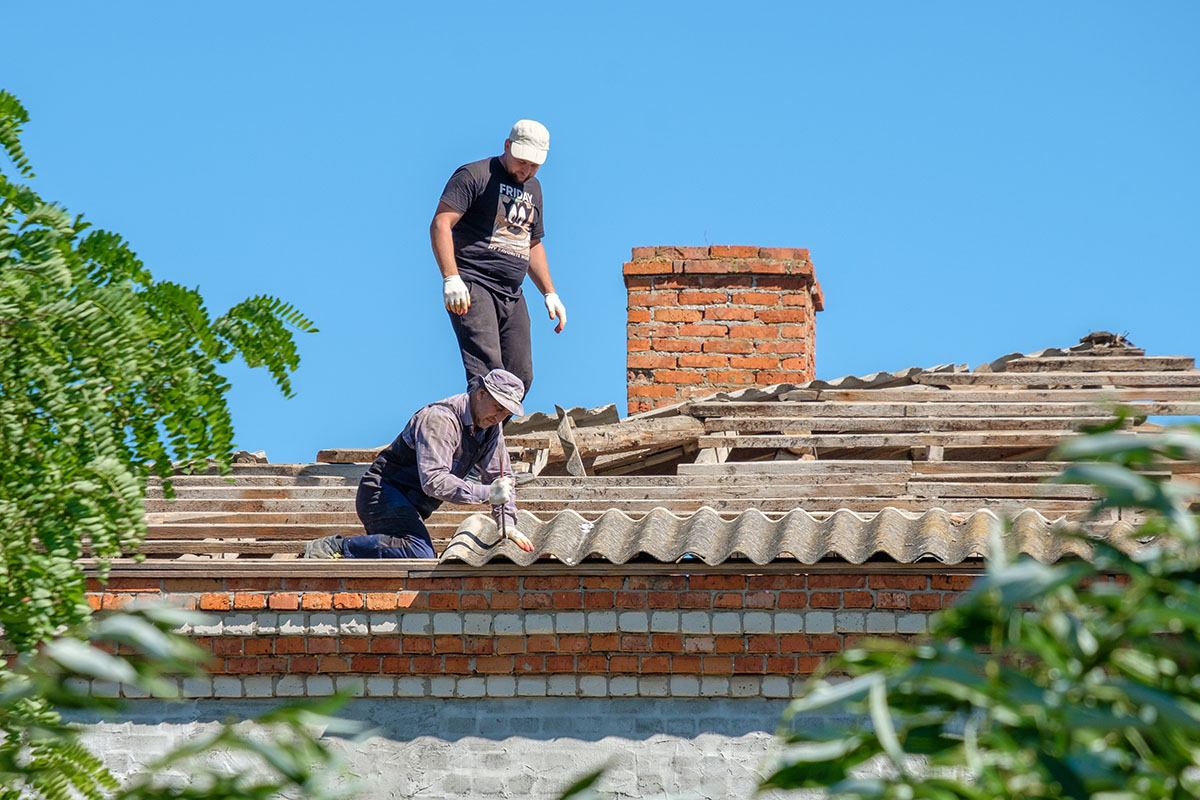
Trees on your property will provide shade in the summer, bright color changes in fall, beautiful spring blooms, and wildlife to observe all year.
Trees that are unhealthy or damaged will not give you the same benefits as above. However, they can pose a risk to your home if they fall or become detached from your roof.
Your tree not blooming is the first sign you might have something wrong.
This could be a sign that conditions aren’t quite right yet. However, a tree that isn’t blooming could indicate a larger problem.
Let’s take a look at some reasons why a tree may not be flowering.
It’s not time yet.
Trees don’t bloom automatically on the first day after spring. Even if we wear flip-flops, it doesn’t mean that trees and plants will be able to recognize the seasonal shift. The seasonal shift will be more difficult to detect if the tree or plant is larger.
Before trees can bloom, they must take into consideration several factors:
- The amount of daylight. They are able to sense when the days get longer. This is a sign that spring is coming, and the tree’s process of leafing out starts long before you see any signs.
- Temperature – Daily temperature is another sign that spring blooms may be near. However, plants are more aware than humans that a few warm sunny days doesn’t necessarily mean winter is over.
- Each tree’s genetics Some trees and plants flower early in spring while others get a late start. This detail is important to remember when purchasing trees for landscaping.
These are all signs to trees that it is time for them to bloom. They won’t flower if there are inconsistencies.
Don’t panic if it’s early in the spring. This is the tree’s way of protecting against frost damage. Your trees will not be affected by frost damage even if the weather is beautiful and warm for many days.
These are some things to do as spring progresses, but your trees aren’t yet blooming.
- Check out weather trends for warnings of more cold weather. It is also helpful to understand the difference between weather which describes the current temperature outside, and climate which reflects what happens in your area at a particular time each year.
- Learn more about your tree species especially if you are a novice. Some trees bloom earlier than others.
3 Reasons Why Your Trees Might Not Be Blooming
Now you’re well into spring, or summer, and your tree has not yet produced any fruit. It’s possible that your tree is healthy and growing well, but it may not be blooming or fruiting.
Damage
Tree damage can be caused by disease or severe weather. Your tree may have suffered trauma that prevented it from continuing its annual cycle.
This is another way trees can protect themselves. Most trees will grow back and blossom normally the next year.
There isn’t much you can do for this season. You can only do your best to minimize the damage and enjoy next year’s gorgeous blooms.
Insufficient nutrients
Trees store nutrients and water in times of shortage, such as drought or poor soil. These types of problems are more common in new trees.
To determine the amount of soil that needs to be amended, you can test it. Either you can buy a soil test kit to test your soil yourself or hire an arborist who will do it for you.
After testing is complete, fertilizer can be added to the soil or mulch to add nutrients and moisture.
Overgrowth
While this is not going to apply to a new tree it is important to keep in mind as your trees age.
Overgrown trees have too many branches to feed. It is likely that the tree needs to be trimmed. This includes removing smaller branches and limbs that are pulling too much water from larger branches.
If you desire consistent fruit or flower production, this will be a continuous job.
Hiring a Professional Arborist
When your trees aren’t blooming, calling a Clearwater certified Clearwater Arborist will help you diagnose and resolve any issues.
You may find the issue simple and resolve it yourself, but if you have a more severe problem, seeking help as soon as possible could make a difference in saving your trees.
Here are some ways a professional can help you:
- An Arborist is trained to spot problems before they cause damage beyond repair. An inspection can help you to see how healthy your trees are. This inspection will reveal any problems that can be fixed quickly or require extended care.
- Expertise . Arborists are knowledgeable about all kinds of trees. You might be able to find out if a particular tree doesn’t flower for a certain amount of years or if it blooms later than others.
- An arborist trained in tree care will be able to tell you all the conditions necessary for a tree’s growth. Your trusted tree care team will ensure that your tree is in good health and inform you of any signs that may indicate that your trees need attention.
- Tools and training. This is the most important reason to contact a professional if you have any concerns. These teams can take care of your trees regardless of their problem. They can also prune trees that are suffering from damage or overgrowth. They can also provide some TLC to trees in need of fertilizer or mulch to help them recover the nutrients they need to bloom.
If your trees aren’t blooming as they should after spending hundreds of thousands in landscaping and tree care, it’s worth calling a professional arborist to help!
This post was written by a professional arborist at Arbor Wise Professional Tree Care. Robert Miller is the owner of Arbor Wise Professional Tree Care, a locally owned and operated tree service company that offers superb lawn care by the most experienced Arborists. Arborwise Tree Services is a tree service st petersburg fl company that offers stump removal, tree pruning, stump grinding, fertilization, and tree restoration. We have an extraordinary lawn care industry notoriety covering the Pinellas county area.




